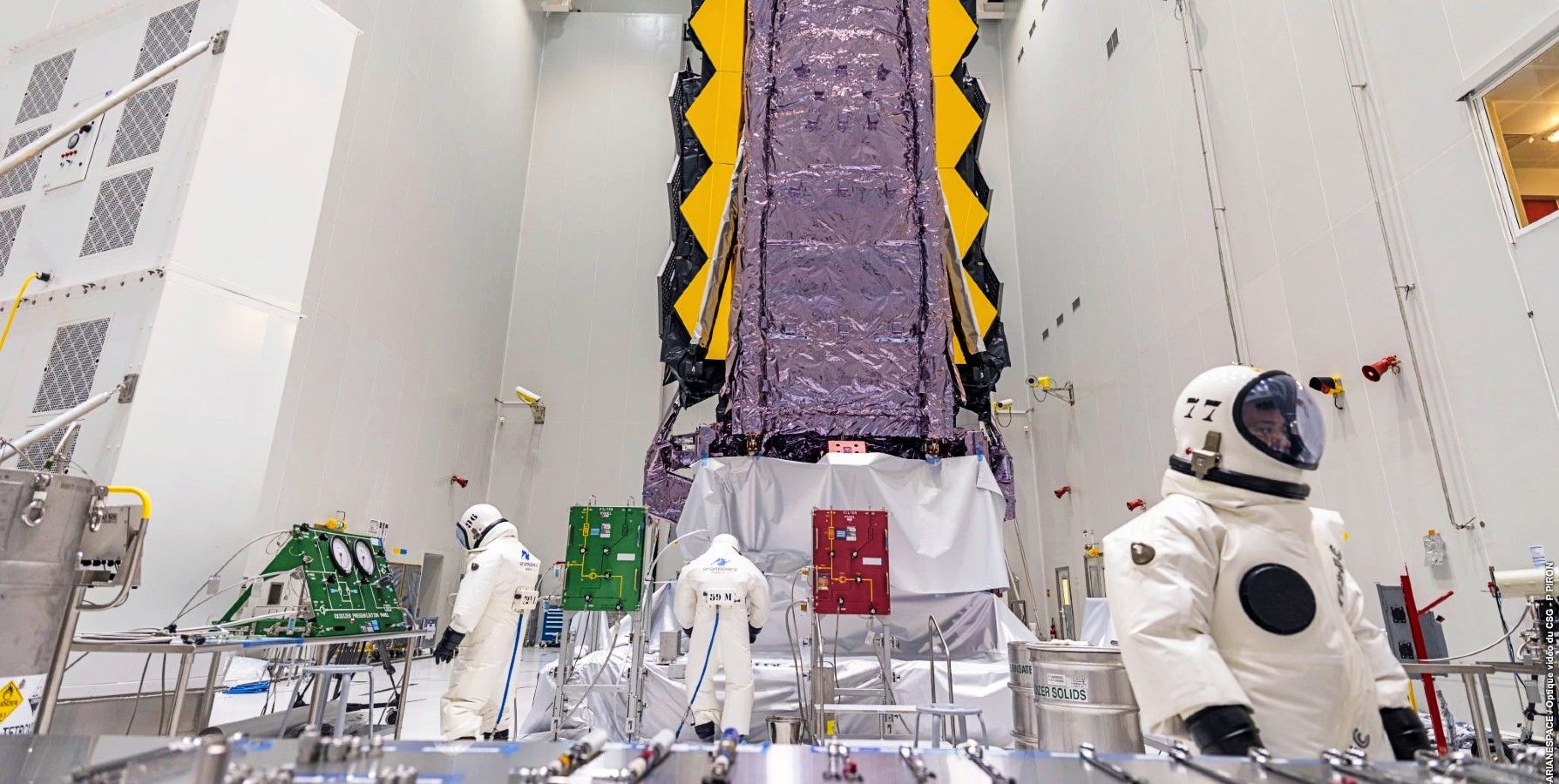A European and NASA satellite will study exoplanets in a new way and could find life beyond the solar system. The satellite called Ariel is the fourth of the elite of European-NASA telescopes fixed on exoplanets, a group that includes the Webb telescope. More than 50 institutes from 17 European countries and NASA are participating in this mission.
The search for exoplanets, which are planets found beyond our solar system, goes hand in hand with discovering new worlds where life could be possible. There are over 4 thousand exoplanets discovered and millions more estimated. Recently, UCLA researchers using the Kepler Space Telescope discovered more than 350 new exoplanets.
The European Space Agency announced that Airbus will be designing and building Ariel. Ariel — short for Atmospheric Remote-sensing Infrared Exoplanet Large-survey — will not be looking for new exoplanets. The mission will study more than 1000 selected exoplanets. Focusing on the star it orbits they aim to determine how stars influence the environment and chemistry of a planet.
Looking Beyond Our Solar System

The Ariel satellite will study exoplanets using visible and infrared wavelengths simultaneously. ESA explained this is the first time a mission will measure the chemical composition and thermal structures of exoplanets linking them to their host star environment. Stars drive the physical and chemistry of planetary evolution but the field is poorly understood. Airbus will have to design and build the spacecraft that will house a one-meter-class cryogenic telescope and all its complex instruments.
The science-fiction dream of finding and traveling to Earth-like exoplanets is out of reach given our current technology. The nearest exoplanets are located 4.2 light-years from Earth, orbiting Proxima Centauri, the closest star to the Sun. In the fastest human-made spacecraft it would take us more than 2 million years to get there. Until technology progresses, telescopes like Ariel are the only way to get close to exoplanets. Ariel will operate directly behind Earth as viewed from the Sun, at a distance of 1.5 million kilometers from our planet. Theresa Lueftinger, ESA Ariel Project Scientist says it will “further broaden our understanding of solar system science well beyond the boundaries of our own planetary neighborhood.”




